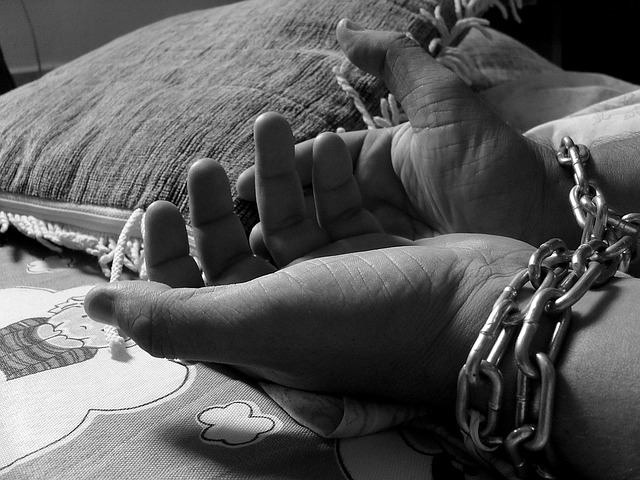The so-called “Swedish Model” refers to a solution in which prostitution is forbidden, and the buyer of the sex, not the person prostituting themselves, is made liable for prosecution. Although it takes its name from the country of its origin, Sweden, the approach has been appealing to a number of countries worldwide. Despite this, it continues to attract criticism from some quarters.
THE ORIGINS OF THE SWEDISH MODEL
In 1998, Sweden became the first country in the world to establish a ban on the sex trade. The thinking behind the model is that any form of prostitution means exploitation. At the time, the Swedish Model was part of a package of laws entitled “Frauenfrieden” (“Peace for Women”) designed to counteract violence against women.
As a result, the idea is often referred to as the “Swedish Model“ or “Nordic Model“ . This approach to prostitution is based on four pillars: the decriminalisation of prostitutes, criminalisation of those buying the sex/brothel owners, education of the population and financing of programmes designed to enable prostitutes to get out of the industry. This final aspect is often criticised in public discussion, even though it is important that prostitutes have real alternatives open to them.

DIFFERENT COUNTRIES, DIFFERENT APPROACHES

Some countries have already implemented the Swedish Model in practice: Sweden, Norway, Iceland, Canada, France, Ireland and Israel.
In Israel, for example, it was unanimously decided to introduce a ban on purchasing sex from mid-2020 onwards. Although the decision was taken at the end of 2018, this included eighteen months’ delay, in order to develop publicity work and programmes for prostitutes wishing to get out of the industry. A survey showed that 76 % of the 14,000 prostitutes working in Israel want to escape prostitution.
Because the ban on buying sex has already existed for some time in some countries, primarily Sweden, the initial evaluations of the measures are already beginning to emerge. A Swedish survey shows that roadside prostitution fell sharply, and there is less human trafficking in Sweden, because human traffickers are being scared away. Despite this, these results have been viewed with scepticism. In Norway, too, while the level of demand fell, so did prices for sex, and the number of foreign buyers rose compared to locals.
A number of new countries are also showing an interest in the Swedish Model: In Germany, for instance, an increasing number of politicians now prefer this approach.
Some nations take a different route – New Zealand has liberalised sex working, and counts amongst its successes the fact that prostitutes feel they are protected by legislation. The aim of the New Zealand approach is contrary, to the Swedish Model. In that it defines prostitution as a regular business sector, with protection from the appropriate working and social rights.
WHO DOES THE SWEDISH MODEL HELP?
Despite the fact that the Swedish Model was essentially invented by women’s rights specialists, it regularly attracts criticism. This is primarily due to the fact that there are people who find it acceptable to buy and sell sex, as long as nobody is forced to take part.
Despite this, there are also more complex points of criticism. According to the Swedish Model, it is not just the buyer who makes themselves liable, but also, potentially, the person who provides the premises where this is done. That means prostitution will increasingly take place underground or on private premises, or even that prostitutes are ejected from the premises because renters don’t want to potentially make themselves liable.

As well as this, the fact that prostitutes have freedom from prosecution does not mean they are accepted in society. A woman who sells sex for money risks losing her children, for example, because it can be assumed it is not a child-friendly environment.
Even the programmes supposed to support prostitutes in getting out of the industry can be problematic. Only prostitutes who want to get out of the industry receive support, for example, but condoms are not distributed, because such campaigns are viewed as “promoting prostitution”.
Critics of the Swedish Model include highly-regarded organisations such as Amnesty International, and even the Professional Association of Erotic and Sexual Services.Overall, therefore, the Swedish Model is an attempt to protect prostitutes and support them in making a new start. Whether or not this is succeeding clearly remains controversial.
Translated by Tim Lywood
#Prostitution #Menschenhandel #SchwedischesModell #NordischesModell #AgainstHumanTrafficking #GegenMenschenhandel #EndExploitation #EndTrafficking #HopeForTheFuture #Österreich
